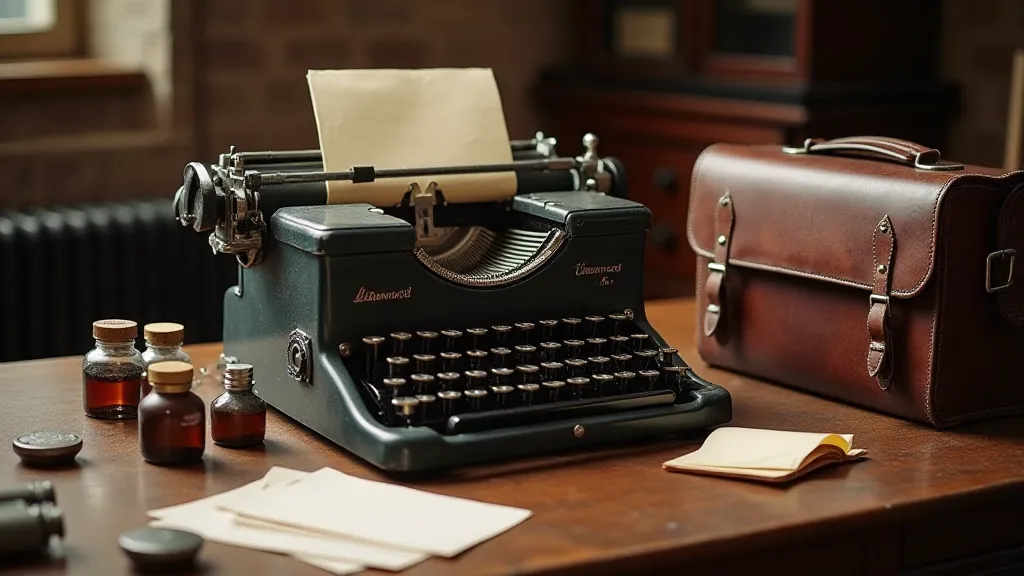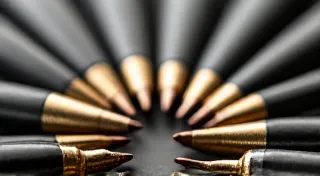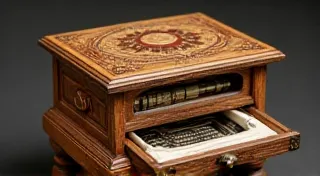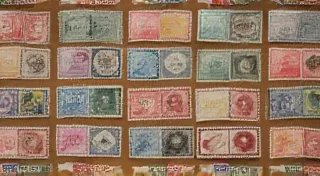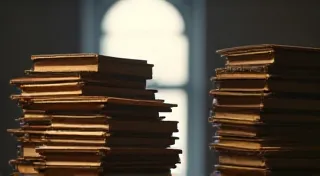From Script to Steel: The Transition from Handwritten Documents to Typed Prose
There's a peculiar intimacy in a handwritten letter. The slight tremor in the script, the ink blot stubbornly resisting erasure, the subtle slant revealing a hurried thought – all these imperfections become a testament to the human hand that formed them. They whisper stories of the writer's mood, their haste, their very personality. To hold a handwritten document is to feel connected to the past in a profoundly personal way. But before the digital age, there was a revolution, a quiet but seismic shift that altered the very nature of written communication: the rise of the typewriter. This wasn't simply a change in office equipment; it was a cultural transformation that redefined authorship and reshaped our perception of text itself.
The Legacy of the Quill: Before the Mechanical Age
For centuries, writing was a painstaking process, reserved for those with skill and leisure. Scribes meticulously copied manuscripts, illuminated texts with breathtaking artistry, and wielded quills with practiced ease. Each word was an individual creation, imbued with the scribe's personal touch. The imperfections of handwriting – the flourishes, the inconsistencies – were not flaws, but character, a visual embodiment of the human effort invested in the document. Legal documents, personal letters, even scientific treatises, all bore the mark of the hand that crafted them. This inherently created a hierarchy: writing was a privileged activity, a craft often associated with scholarship and authority.
My grandfather, a retired librarian, used to tell me stories about the handwritten ledgers he’s uncovered while cataloguing old manuscripts. He’s spoken of the hours it took to painstakingly copy these records, the care taken to preserve the ink and paper. It wasn’t just about recording information, but about creating a lasting artifact. The precision demanded in those times wasn’t just about accuracy, but also about creating a piece of art. That inherent value, that sense of permanence, was slowly about to be challenged.
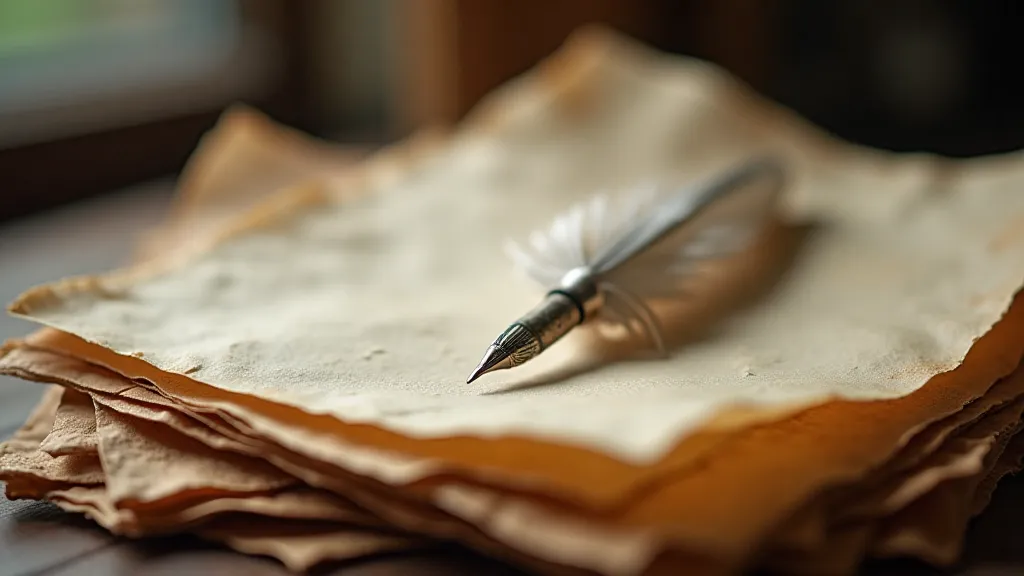
The Dawn of Mechanization: Early Typewriter Innovations
The quest to mechanize writing didn't begin with the familiar typewriter we recognize today. Numerous inventors experimented with different approaches throughout the 8th and 19th centuries. While Pellegrino Turri is often credited with creating one of the earliest known writing machines in 1808 (designed to assist a blind countess), it wasn’t until the mid-19th century that practical and commercially viable typewriters began to emerge. Figures like William Austin Burt, with his "Typographer," and Charles Thurber, with his "literary piano," paved the way for Christopher Latham Sholes, Carlos Glidden, and Samuel Soule, who are generally recognized as the inventors of the first commercially successful typewriter, the Remington No. 1, introduced in 1874.
The early typewriters were far from perfect. The QWERTY keyboard layout, famously designed to prevent typebars from jamming, resulted in an inefficient and cumbersome typing experience. But even with these limitations, these machines sparked an era of innovation. It was a constant push and pull between the design of the machines and the user experience, leading to unexpected advancements. It's interesting to consider how early mechanical limitations often served as catalysts for ingenuity, and can be a fascinating topic to explore in more depth. Many have considered the implications of this kind of constraint – the keys of constraint that birthed new ideas.
The Remington No. 1, marketed alongside sewing machines, initially struggled but gradually gained traction, marking the beginning of a profound societal shift.
The Shift in Perception: From Author to Machine
The typewriter's impact wasn’t purely technical; it was profoundly cultural. Suddenly, a relatively uniform and legible text could be produced quickly and efficiently, regardless of the user's handwriting skills. This democratization of writing had a subtle, yet significant, effect on how authorship was perceived. Before the typewriter, the handwriting itself was part of the authorial signature, lending authenticity and personality to the work. A distinctive flourish, a peculiar letterform – these were individual markers of the writer's identity.
With the typewriter, the unique mark of the hand vanished. The text became detached from the writer's immediate physical act of creation. While some initially lamented this loss of individuality, others saw it as a step towards greater objectivity and professionalism. Legal documents became more standardized, business correspondence became more efficient, and journalism, in particular, was revolutionized. Furthermore, the shift spurred a reconsideration of the very materials used. Early ribbons, for instance, held a certain fragility, a point that modern enthusiasts are keen to understand and preserve, and is a facet often explored in conversations about the ephemeral inks of the era.
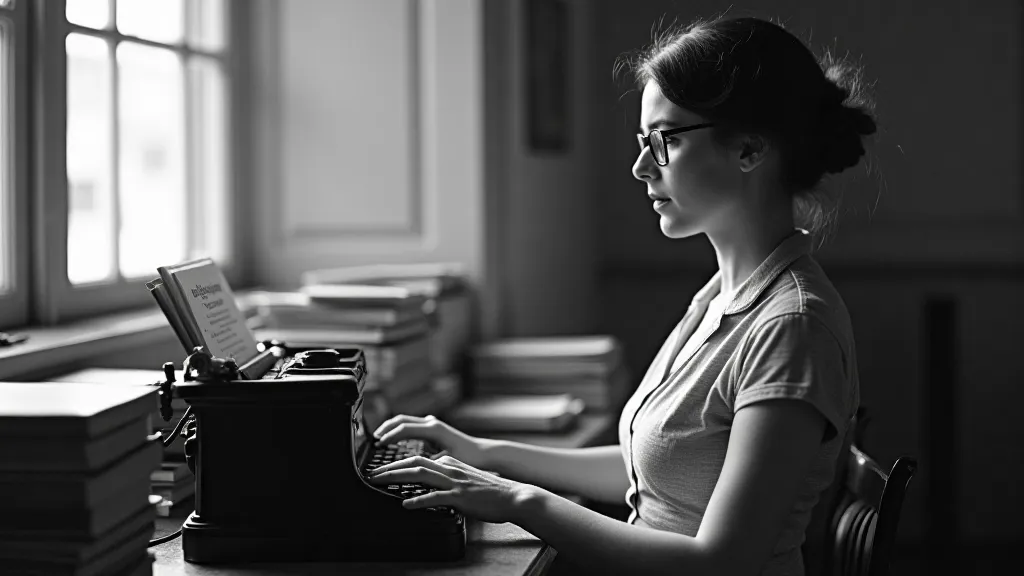
Craftsmanship and Collectibility: The Beauty of Antique Machines
Despite the advent of electronic typewriters and computers, the mechanical typewriter retains a unique charm and appeal. The intricate mechanisms, the satisfying clack of the keys, the tangible connection to a bygone era – these qualities resonate with collectors and enthusiasts. Antique typewriters, particularly early models like the Remington No. 1 and Underwood No. 4, have become increasingly valuable, prized for their historical significance and exquisite craftsmanship. Restoring these machines is a labour of love, a chance to appreciate the ingenuity of the engineers who designed them and the skilled craftsmen who built them.
Restoring a vintage typewriter is a rewarding experience. It’s not just about cleaning and lubricating the parts; it's about understanding the machine's ingenuity and preserving a piece of history. Many restoration projects involve replacing worn-out parts, rebushing the typebars, and ensuring the carriage moves smoothly. The process demands patience and a reverence for the original design. Examining the details of these machines often reveals a deeper appreciation for the materials and techniques employed. Think about the effort it takes to maintain the character and feel of the original design.
The appeal of these machines extends beyond their monetary value. For some, they represent a connection to a simpler time, a rejection of the digital world's relentless pace. Others appreciate the tactile experience – the physical engagement with the machine that is absent in modern typing. They see something missing in the ubiquitous digital screens that dominate our lives. They long for the feeling of real mechanical engagement.
Consider the stories these machines tell. Each ding and scratch holds the echo of countless words composed, countless thoughts communicated. A careful inspection can reveal the history of a machine - the types of documents it created, the hands that operated it, and the lives it touched. Each imperfection contributes to its unique character.
The allure also extends to understanding the processes that enabled the production of these machines. The delicate ribbons, in particular, often posed challenges, requiring specialized knowledge and careful handling. Studying these aspects reveals a fascinating world of material science and historical practice that adds another layer of depth to the appreciation of these machines. It's a rich subject to explore, revealing the complexities of early mechanical technology.
A Legacy in Ink and Steel
The transition from script to steel wasn't merely a technological advancement; it was a cultural paradigm shift. The typewriter democratized writing, standardized communication, and subtly altered our perception of authorship. While the digital age has largely supplanted the mechanical typewriter, its legacy endures, not only in museums and antique shops, but also in the very fabric of modern communication. The satisfying click of a typewriter key, once a sound of revolution, remains a potent reminder of a time when the act of writing was a tangible and profoundly human endeavor. It’s a reminder that even as technology evolves, the power of the written word remains timeless.
